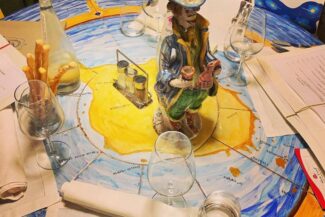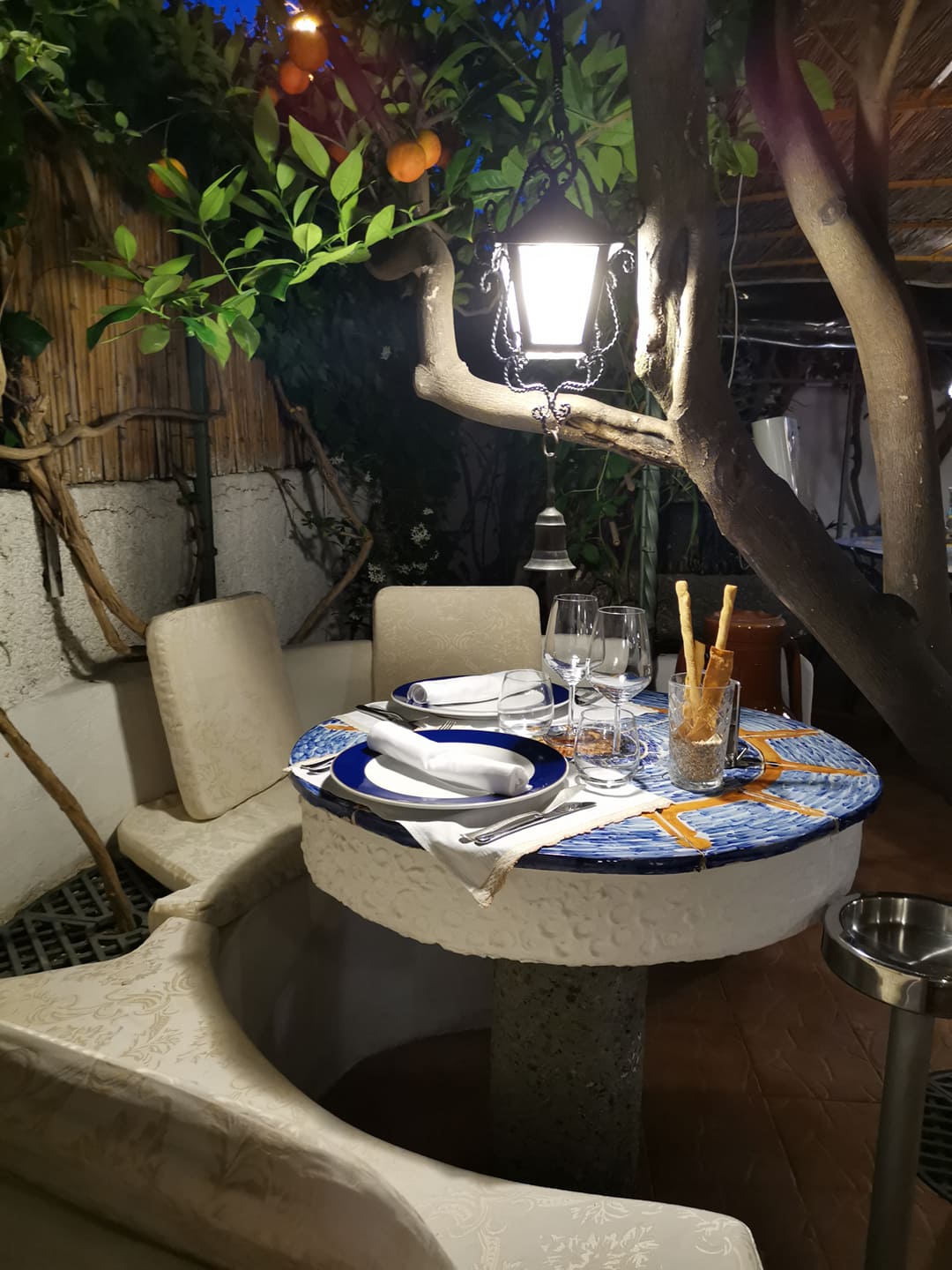Lipari Island
Lipari is not just the largest of the seven Aeolian islands, it is also the one that offers the most attractions, suitable for families, couples, younger and older visitors. The best way to visit the whole of the island is to hire a scooter or a car. In any case, the centre of the island is full of architectural and natural sites that are worth a visit.
Aeolian Archaeological Museum
The museum complex is located on Lipari’s rhyolitic castle rock, which is an imposing volcanic cupola that acted as a natural fortress where the islanders settled whenever they needed to defend themselves. This is testified by the many archaeological remains of those settlements that are now partly visible on the rock’s summit: Bronze Age huts, on four juxtaposed layers; buildings dating from the Greek and Roman Age; an urban plan from the II century BC. These were brought to light thanks to the archaeological excavations that were started in the 1950s.
Marina Corta
Certainly the starting point for any experience on the island. The port stretches along its bay, while behind it lies the typical urban area with its bars, venues, small shops and churches overlooking the sea. The square and the narrow alleys are a must see, that will instantly transport you to a surreal atmosphere, very different from that of our present day.
San Giuseppe Church
The building, which dates back to the 17th century and overlooks the beach, is an essential visit for all architecture lovers. It was built above the crypt housing the relics of Saint Bartholomew, patron saint of Lipari and protector of all the Aeolian Islands.
Canneto Beach
The bay and the crystal clear waters make it one of the most beautiful beaches on the island. Thanks to its many bars and shops, it is perfect for both afternoon and evening walks as well as – or especially – for summer swims. The dark sand, despite not being able to dominate over the pebbles, makes the beach even more inviting. With its umbrellas, deck chairs and restaurants it is the busiest area on the eastern coast during the hottest months.
St Bartholomew Cathedral
This is the most important and representative building on the island. It was built in the XVI century and is located in the central area of the island. It is particularly appreciated for its rich frescoes and floral motif decorations.
Madonna della Catena Church
In Quattropani you can visit this incredible little church that will leave you speechless for its silence and atmosphere. It is famous for its welcoming space perfect for introspection and prayer, while its strategic position attracts tourists who simply wish to enjoy the view from its hilltop position.
Norman Cloisters
This is one of the most ancient buildings on Lipari, which has survived the passing of time as well as the various settlers that invaded the island. It was restored in 1978, though its capitals are reminiscent of the Roman Age. King Roger II had it built as an integral part of the monastery flanking the San Bartholomew Cathedral.
Quattrocchi Belvedere
Thanks to its high up position, it is one of the most panoramic spots of the Aeolian Islands. From the Belvedere it is possible to see the faraglioni rocks, Pietra Menalda and Pietralunga, the beach of Valle Maria and an incredible view of Vulcano.
San Calogero Thermal Springs
Despite the fact that the springs are no longer in use, it is still possible to visit the archaeological excavation of the graeco-roman baths and an ancient Mycenaean tholos, with its circular dome made of skillfully juxtaposed lava blocks.
Pumice Quarries
Pumice and obsidian were extracted on Lipari from the V millennium BC, when the island was first inhabited. A first timid example of globalized trade, the minerals were exported all around the Mediterranean.
A 2000 year old wreck in the blue the Lipari sea
Two thousand years in the deep blue sea. It is the story of a ship, which sunk around the year zero, found in the Aeolian sea. The archaeological campaigns in the sea around Pantelleria and the Aeolian islands carried out by the Superintendency of the Sea with the Global Underwater Explorers (GUE), with the aid of two mini submarines with robotic arms, have been highly successful. The research has led to the discovery of a 2000-year-old wreck near Lipari. Another discovery was an ancient altar decorated with sea waves which proves that on board ancient ships sacrifices to the gods were performed to invoke a safe voyage.
Stromboli
Stromboli is an Italian island belonging to the Aeollian Archipelago, in Sicily. It is an active volcano and is part of the Aeolian Arco. The island is the most northernly of the Aeolian islands, in the Tyrrhenian sea, in the western Mediterranean, and its surface is 12.2 square km.
The volcanic cone is 926 m high above sea level and below sea level it extends between 1300 and 2400 meters. Stromboli has a persistent explosive activity and is one of the most active volcanoes in the world. A few hundred meters off the north east coast of Stromboli lies the neck of Strombolicchio, which is a residual volcanic vent. Today the islet houses the Navy lighthouse, now uninhabited and automatized.
















